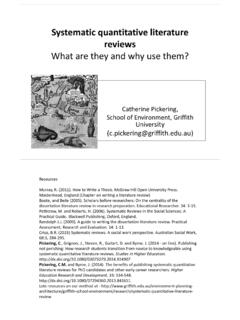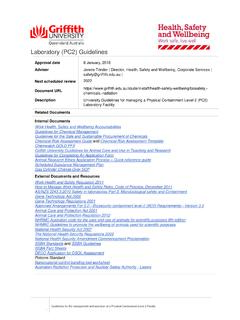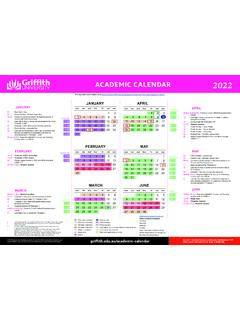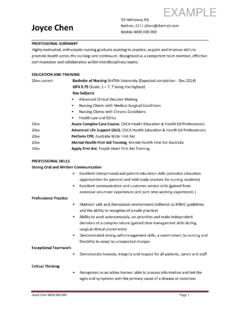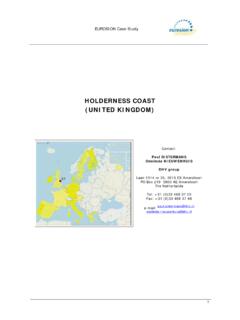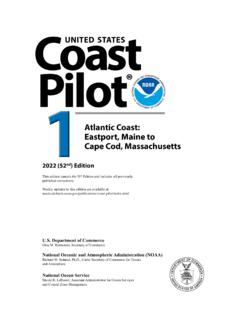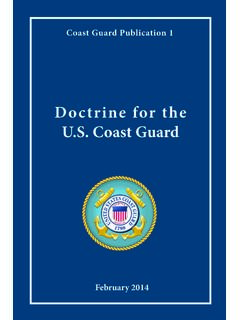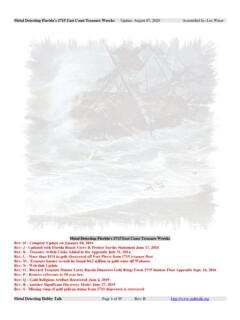Transcription of Beach erosion: Coastal processes on the Gold Coast
1 Beach erosion: Coastal processes on the Gold Coast Beaches are dynamic. Sand is moved by wind and currents, which are created by wave or tidal energy. The key function performed by the Beach is to absorb this energy. As waves approach the coastline their energy brings the sand into suspension and the associated currents transport the sand. The sand on the seabed is mobilised by every wave passing over them. Under calm conditions the sand may shift just a millimetre or so and during an extreme storm event beaches can change rapidly as sand is moved distances offshore.
2 Extreme events, such as storms, are usually well remembered, and slow gradual changes often go unseen. An avid Beach observer will notice the constant changing and reshaping of the Beach . Complex Coastal processes The Delft Report Wind: produces currents and waves and also picks up A comprehensive assessment of sand movement on and moves sand on beaches and dunes. the Gold Coast was undertaken after the major Tides: generate currents, the rise and fall of the tide erosion events in 1967 left the beaches eroded and depends on local physical conditions and the vulnerable to further wave attack (see Management gravitational effects of the sun and moon.)
3 That Shaped our Coastline information sheet). Currents: near the Beach are formed through a combination of winds, tides, waves and the shape of This study, known as the Delft Report, recognised adjacent sand bars. Currents can move large volumes of that the movement of sand within the nearshore sand along the Beach or to deep waters offshore. zone of the Gold Coast is influenced by two major Waves: breaking cause turbulence, stirring up sand Coastal processes : longshore drift and alternate from the seabed. The sand can be deposited onshore or erosion and accretion (see Longshore drift offshore, parallel or perpendicular to the Beach Information sheet).
4 Depending on conditions. Alternate erosion and accretion Sandy beaches are made to be very flexible and change in Two types of short-term transverse shape for a very good reason. They are simply dynamic energy movements are observed on Gold Coast dissipaters. Sam Smith, Chief Engineer, GCCC, 1987. beaches due to wave action. These are known as erosion and accretion. During periods of higher wave energy and storm surge, a larger volume of sand is needed to absorb the energy. The Beach responds by becoming flattened to expose a longer run' for the waves to break across the Beach .
5 This process results in sand being eroded from the visible portion of the Beach and dune system and being stored' as a storm bar within the nearshore zone. Storm bars are formed in association with storm events by the progressive breaking and reforming of waves as they approach the Beach . It is very common to see a storm bar or even double bar formation after a series of storms on the Gold Coast . During extended periods of calmer conditions, the sand The process of erosion and accretion was first noted bar is slowly swept ashore and accretion or Beach after the 1967 erosion events.
6 In 1967 large volumes of deposition occurs. This process is gradual (millimetre by sand were eroded from the upper part of the Beach to a millimetre) and the rate of accretion is highly erratic. depth of about six metres, forming a storm bar. In the The right combination of wave height and period is subsequent months, natural recovery took place along required to move the sand effectively and it can take the northern Gold Coast beaches, but it was also noted weeks or months for the process to occur. that although recovery had commenced it would be a long period of time before the upper Beach and dune The ongoing cycle of erosion and accretion directly would recover after such a large storm event.
7 Depends on wave characteristics such as height and period. For instance, during storms (higher wave See Ecological response to storms information sheet for heights and shorter wave periods) erosion is likely to more details on how the Beach responds to erosion. occur, see Figure 1. Palm Beach during a storm event in 1974 (Source: GCCC). Nearshore zone The area from the low water level seaward to beyond the breaking waves. Wave height The distance (height) between the trough (bottom) and the crest (top) of the wave. Wave period The time interval (in seconds) between two waves passing a specific point.
8 Figure 1. Beach erosion and accretion processes at work A) Normal Beach profile B) During storm conditions, larger waves result in sand eroded from the Beach and the formation of a storm bar Delft Hydraulics Laboratory (1970) Coastal Erosion and Related C) During calm conditions, sand from the storm bar is transported Problems. Vol. 1. Gold Coast , Queensland, Australia. Delft, The back onto the visible Beach Netherlands. Smith, S. (1987) The perception of people to Beach permanence. Gold Coast Beach Replenishment Program: Report no. 98. Gold Coast City Council. Coastal processes and Research.


